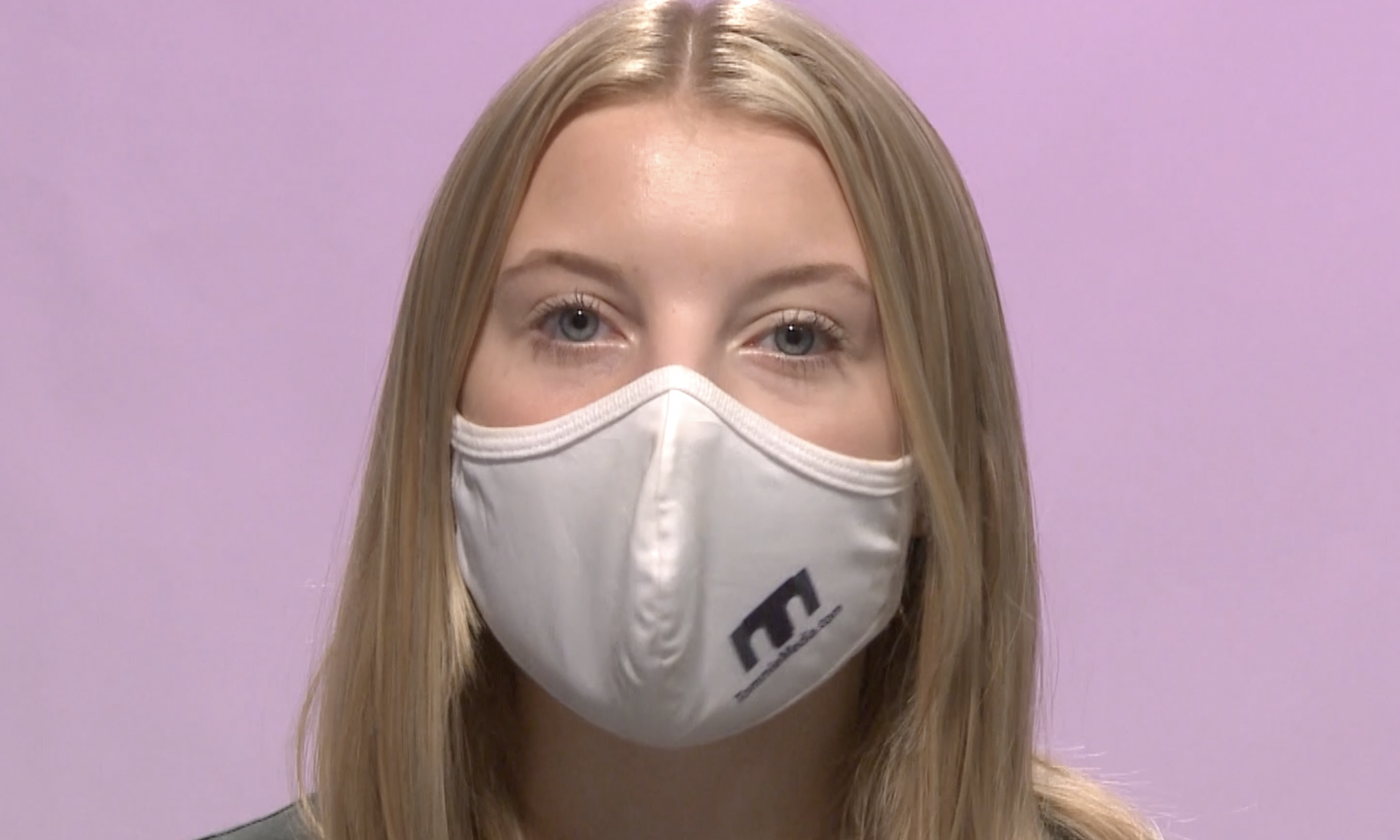President Joe Biden will ease foreign travel restrictions into the U.S. beginning in November, when his administration will require all foreign nationals flying into the country to be fully vaccinated.
All foreign travelers flying to the U.S. will need to demonstrate proof of vaccination before boarding, as well as proof of a negative COVID-19 test taken within three days of flight, said White House COVID-19 coordinator Jeff Zients, who announced the new policy on Monday. Biden will also tighten testing rules for unvaccinated American citizens, who will need to be tested within a day before returning to the U.S., as well as after they arrive home.
The Centers for Disease Control and Prevention will also require airlines to collect contact information from international travelers to facilitate contact tracing, Zients said.
Pfizer said Monday its COVID-19 vaccine works for children ages 5 to 11 and that it will seek U.S. authorization for this age group soon — a key step toward beginning vaccinations for youngsters.
The vaccine made by Pfizer and its German partner BioNTech already is available for anyone 12 and older. But with kids now back in school and the extra-contagious delta variant causing a huge jump in pediatric infections, many parents are anxiously awaiting vaccinations for their younger children.
For elementary school-aged kids, Pfizer tested a much lower dose — a third of the amount that’s in each shot given now. Yet after their second dose, children ages 5 to 11 developed coronavirus-fighting antibody levels just as strong as teenagers and young adults getting the regular-strength shots, Dr. Bill Gruber, a Pfizer senior vice president, told The Associated Press.
The kid dosage also proved safe, with similar or fewer temporary side effects — such as sore arms, fever or achiness — that teens experience, he said.
Authorities say they have lifted fire restrictions for the entire Superior National Forest in Northern Minnesota after reports over the weekend that the Greenwood Lake blaze was 80% contained.
While the region remains historically dry, officials don’t expect the fire to spread, said Val Cervenka, a spokeswoman for the team managing the fire. It is not showing any flames, although some of its perimeter straddles inaccessible wetlands and full containment won’t come until snow falls, she said.
This past week crews continued to find and dig out hot spots along the fire’s edge and remove fallen or standing dead trees, including in the hard-hit McDougal Lakes area. Other work included sorting salvageable wood and fixing damaged roads, the Star Tribune reported.
The fire continues to smolder in ash pits buried within peat bogs, said Patrick Johnson, a fire behavior analyst for the Greenwood fire and a Superior National Forest employee.
Reporter Natalie Hoepner can be reached at hoep8497@stthomas.edu.

